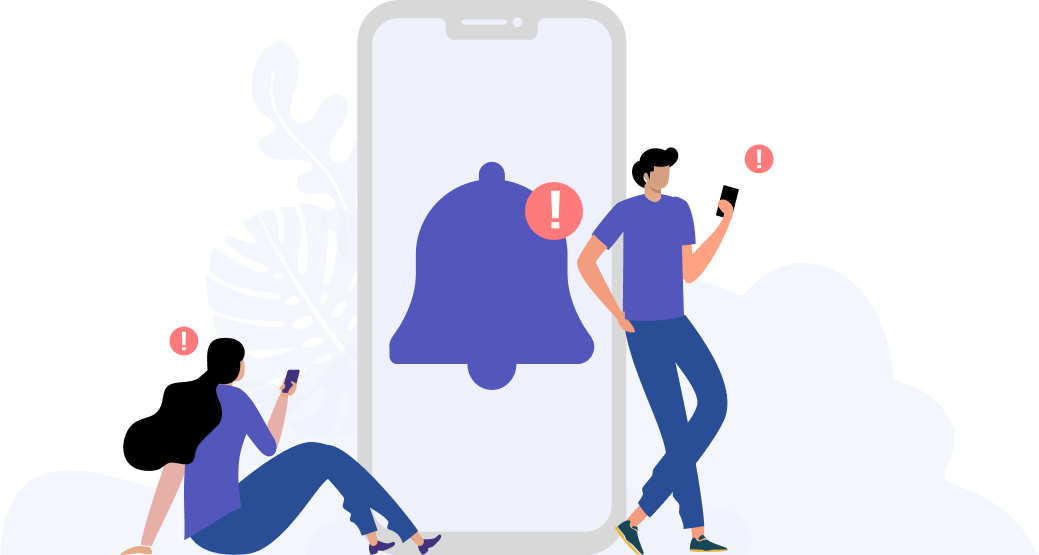Stop Turning a Blind Eye to High Myopia

Macular degeneration, retinal detachment, glaucoma and cataract and other sight-threatening diseases are associated with high myopia. They can creep up on you and may eventually lead to irreversible blindness even if glasses or contact lenses are used or if surgery is performed.
Currently, 5-6% of people, or almost 400 million people, have high myopia. What’s truly alarming is that this statistic is expected to triple by the year 2050. The global cost to healthcare systems of myopia correction is at an all-time high, estimated at US$328 billion, and this is further exacerbated by the increase in the prevalence of high myopia. On an individual level, those with myopia, especially high myopia likely experience a reduced quality of life due to the psychological, societal and financial strains, among others.
What exactly is high myopia and why does it need to be on our radar?
Myopia is classified into 3 main types based on severity:
• Low myopia: -0.50D to -2.99D
• Moderate myopia: -3.00D to -5.99D
• High myopia: -6.00D or greater
Around 12% of those with myopia develop high myopia. The majority with low or moderate myopia usually do not develop further problems with their eyes and their vision can usually be corrected with spectacles, contact lenses or surgery. People with high myopia are at a much greater risk of developing serious complications because of the more extreme elongation of their eyes, and this is known as pathological or degenerative myopia. In such cases, even if glasses or contact lenses are used or if surgery is performed, irreversible blindness may be a real possibility.
The blinding conditions that can occur due to high myopia:
1. Myopic macular degeneration
Myopic macular degeneration occurs when the elongation of the eye causes stretching and degeneration of the retina and irreversible blindness. It is the most common blinding complication of high myopia.
2. Retinal detachment
If the retina is stretched too much, it may pull away from the underlying layer, causing irreversible blindness if not treated quickly.
3. Glaucoma
Glaucoma is a disease in which the nerves at the back of the eye gradually die.
4. Cataract
Cataract is the clouding of the crystalline lens in the eye. Cataracts in those with high myopia tend to be very dense.
Giving our eyes the due protection they deserve
The reason why high myopia creeps up on us is largely, neglect. It is lamentable that our eyes remain one of our most neglected organs, despite the long-term risks associated with myopia progression, one of which is high myopia. More than half of children who develop myopia before 7 years old develop high myopia. As such, early intervention is key and it is the best chance we have to prevent high myopia. In fact, children need to start going for regular comprehensive eye check-ups from as young as 6 months of age so that myopia can be detected early and the progression of myopia can be slowed.
While the world is waking up to the problem of myopia and myopia progression, there is still a global blind spot in eye care that we at Plano aim to address – the under-utilisation of eye care services, delayed diagnosis and lack of preventative management in eye care. That’s exactly why we developed and launched plano Eyecheck.
Getting children into the eye care system early needs to be a national priority. More importantly, we need to work together to get those who have never seen an optometrist or eye doctor for a comprehensive eye check-up into the eye care system. It is only then we can hope to change the status quo and eradicate the myopia epidemic and associated issues of high myopia altogether.
Tools Designed for Healthier Eyes
Explore our specifically designed products and services backed by eye health professionals to help keep your children safe online and their eyes healthy.





